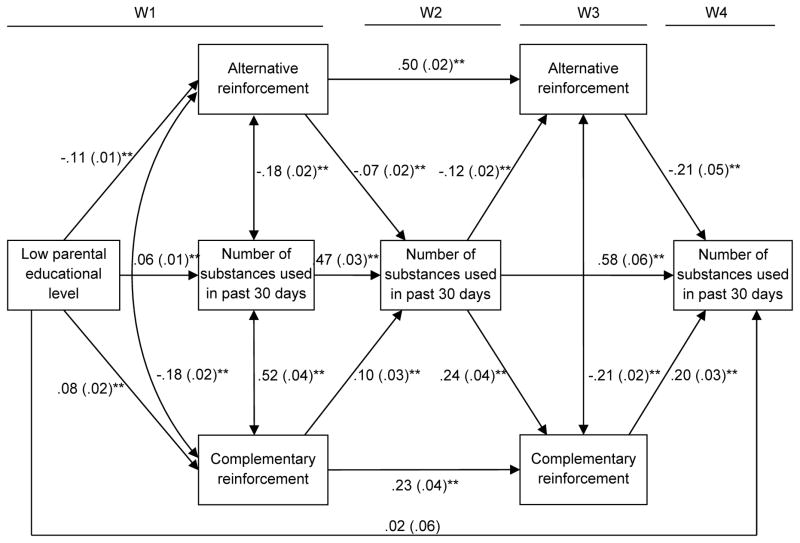Figure 2. Mediational cascading processes between alternative and complementary reinforcement and number of substances used in prior 30 days.
Note. N = 3,395. Standardized coefficients (standard errors) are shown. Nonsignificant pathways are not pictured other than the direct path from low parental education to W4 youth substance use. Paths with one-sided arrows reflect unidirectional causal paths. Paths with two arrows reflect correlational and nondirectional paths. Youth age, sex, race and ethnicity, family history of substance use, and living situation (living with vs. without both parents) at baseline were controlled. All key mediators and outcome (alternative reinforcement and complementary reinforcement at W1 and W3, substance use at W1, W2, and W4) were regressed on covariates (i.e., youth age, sex, dummy-coded race [White as reference], living situation, family substance use history, and delinquent behaviors).
*p < .05. **p < .01.

